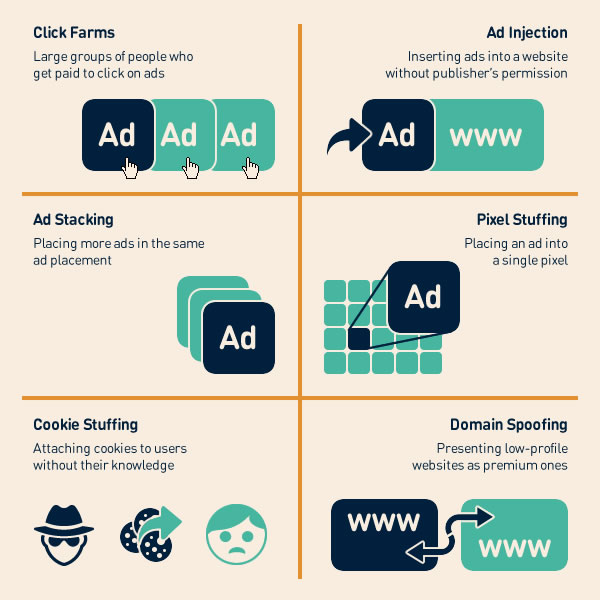[ad_1]
Google, Amobee and Quantcast conducted a study last year comparing available inventory from a selection of 16 premium publishers across three DSPs with the publishers’ ads.txt files to determine how much fraudulent inventory was available on exchanges. The researchers found that there were four times more display bid requests than legitimate inventory, and 57 times more video bid requests.
Part of the problem is that the buyers, the marketers, have not pressed for an account of where their ad spend is going. How many consumers would continue to shop at a retailer if they believed there was a one in four chance of not purchasing a counterfeit item? Or how many would eat at a restaurant if there was a 1-in-57 chance of not getting sick afterward? If brands behaved more like consumers, it is hard to imagine the fraud problem would be as large as it is. If media buyers don’t expect and pay for transparency from their suppliers, they won’t get it.
“There’s a lot of things that can be eliminated from a fraud or invalid traffic perspective if the buy side would simply require it,” according to Walter Knapp, CEO of supply-side platform (SSP) Sovrn. “I’ve never totally understood why it took so long for someone on the buy side to put their foot down,” he said, referencing a speech by Procter & Gamble’s chief brand officer Marc Pritchard to the Association of National Advertisers, in which he called the digital supply chain, “murky at best.” Knapp applauded the sentiment, if not the timing. “It benefits publishers that deserve it when buyers only buy quality.”
[ad_2]
Source link Google News


Leave a Reply